As society becomes increasingly dependent on the transfer of mobile data, current technologies appear ill-prepared to handle the demands of the progressively digital-savvy consumer. With more and smarter devices and appliances hitting the market every year, experts believe that the introduction of 5G systems in 2020 will offer a faster, more efficient infrastructure to prepare us for the Internet of Things.
It’s often hard to remember the exact moment that mobile phones made the transition from a luxury item to an essential part of our day-to-day lives.
Despite being invented in 1973 by Martin Cooper, during his time as an engineer at Motorola, it wasn’t until the first generation of 1G devices hit the market in the early eighties that the ball started rolling. At this point, however, mobile phones were very much the territory of wealthy businessmen who could afford the ludicrous charges necessary to gain any use from them.
That all changed in 1991 with the introduction of 2G, also known as second-generation wireless telephone technology. Lower costs, more compact devices and the addition of the Short Message System (or text message) all aided in the proliferation of mobile network coverage – and for the first time, it didn’t seem unreasonable for a growing number of consumers to consider them a worthwhile purchase.
With the introduction of 3G-enabled devices in 1998, industry leaders began to see the real possibilities for a world of mobile connectivity. Although lacking in speed, the ability to send large volumes of data without a cabled connection was, in retrospect, a mind-blowing concept for the average consumer to comprehend.
As mobile systems continued to evolve, data speeds became faster and more power-efficient, while device technology itself began to incorporate features normally only found on a desktop or laptop computer. When the fourth generation of tech (4G) hit the markets in 2008, devices had become so advanced that not only could a user stream high-definition video, facilitate the use of cloud storage and browse the web without hindrance, but the devices themselves were becoming a viable alternative for full computer systems.
While 4G, or LTE, technology has continually improved in terms of its performance and data speeds over the last decade, tech companies are waiting with baited breath for the roll out of its successor – and with good reason, as the fifth generation or 5G systems due in 2020 could trigger the biggest step forward in mobile technology in almost two decades.
In an increasingly digital world, the usage of data has skyrocketed in recent years to a point where many networks are feeling the strain as mobile data accounts for more and more of their available bandwidth, while voice calls show no growth at all.
For many consumers, the ease of apps such as WhatsApp and Snapchat are helping to slow the use of text messaging – and with numerous apps starting to incorporate voice-over-data call options, the need for an allowance of standard voice minutes in any given tariff has also decreased.
We, as customers, have also become savvier to streaming subscription services such as Netflix, Spotify, and Amazon – eschewing the tradition of owning physical formats in favor of instantaneous access to thousands of hours of entertainment, wherever we are.
Unfortunately, the available streaming services, despite being increasingly optimized year on year through new audio/visual codecs, still rely on technology that is becoming progressively outdated.
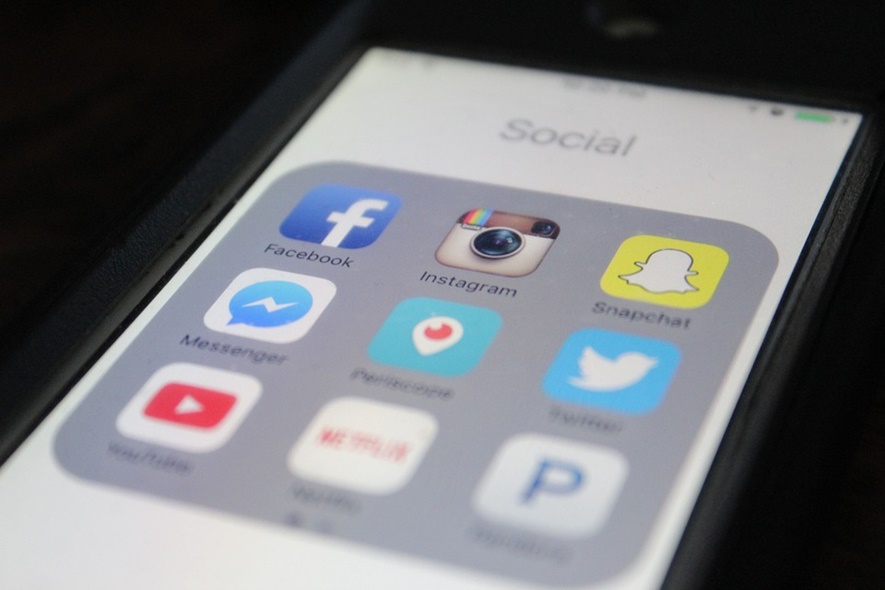
Higher network speed is vital for the propagation of the Internet of Things.
Additionally, consistent problems with latency on 3G/4G systems – the time it takes for requested data packets to be sent or received by an end user – has been an obstacle for the advancement of a number of technologies, specifically HD video multicasting and improved responsiveness from the apps we use from day-to-day.
Lower latencies and higher network speeds are also vital for the propagation of the Internet of Things.
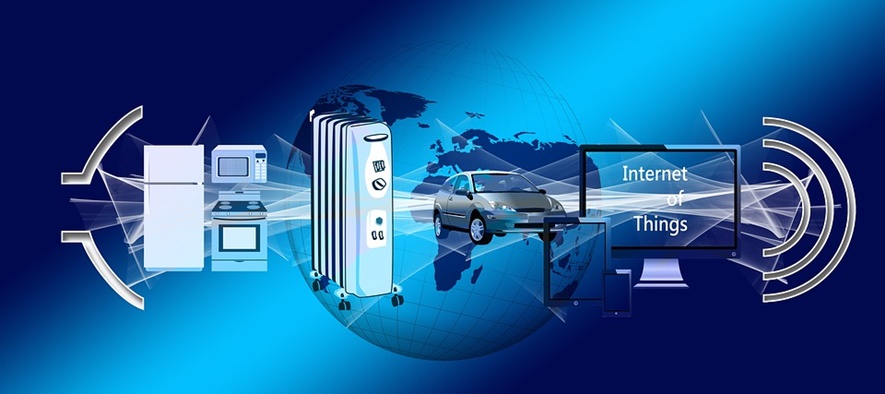
The Internet of Things (IoT) is a phrase that describes an inter-connected, inter-dependent world that, thanks to technical advances, aims to help us increase the efficacy of the devices and appliances we use in our everyday lives.
Impressively, the IoT is not some mythical futuristic ideal held by those who dream of living a life akin to The Jetsons – the Internet of Things is already here and in full swing.
● Traditional televisions are slowly being phased out in favour of smart TVs, allowing us to access services such as YouTube, Netflix, and digital radio without having to connect a separate computer.
● Ever more domestic heating systems in our homes are able to be controlled remotely via apps – after all, why bother setting your programmer when you can merely turn the system on when you’re on your way home?
● Even coffee machines can be triggered remotely, ensuring that after we’ve managed to drag ourselves out of bed in the morning, by the time we meander our way to the kitchen we are greeted with a freshly brewed cup of joe.

Simply put, many of the IoT appliances and devices we use are dependent on our home broadband connection – a connection that is subject to a limited bandwidth in order to ensure a fair usage to others using the same infrastructure.
If five years from now, the number of devices using the internet in our home doubles, or even triples, other services we enjoy such as streaming video could suffer from buffering issues as the necessary bandwidth is not available. Gartner predicts that by 2020 alone, there will be at least 20.8 billion internet-connected devices in use worldwide.
To the despair of many traditional cabled-internet providers, this advancement in technology could ultimately render their services irrelevant. We’re already seeing an increase in the number of home routers which use 4G connectivity, as opposed to the equivalent hard-line offerings.
● In rural areas, where current broadband providers have no service, users can opt to use a low-cost 5G router to enjoy internet access, with speeds similar to a fibre-optic network.
● Low coverage areas have the option of using optimized antennas to increase signal strength.
● Industries which require internet access in locations where a hard-line installation is unfeasible, such as building sites, can simply take their 5G router wherever they go without additional administrative costs.
● Thanks to the prevalence of mobile data coverage throughout the developed world, the cost of service could ultimately be cheaper than hard-lined options, due to the lack of line rental fees.
With companies such as Netgear, Huawei and ASUS already demonstrating the power of mobile data routers and the speeds they can achieve – is it any wonder that the tech world is excited at the prospect of 5G replacing your home broadband line?
Ultimately, no matter which country you visit, the underlying infrastructure upon which our cabled internet connection relies is aging rapidly and is slowly reaching the limit of its capabilities. While there have been a number of dedicated fibre-optic network connections for homes installed across both the US and Europe in recent years, the cost of the roll-out of these services, coupled with the cost of maintenance required, is exorbitant compared with mobile data.
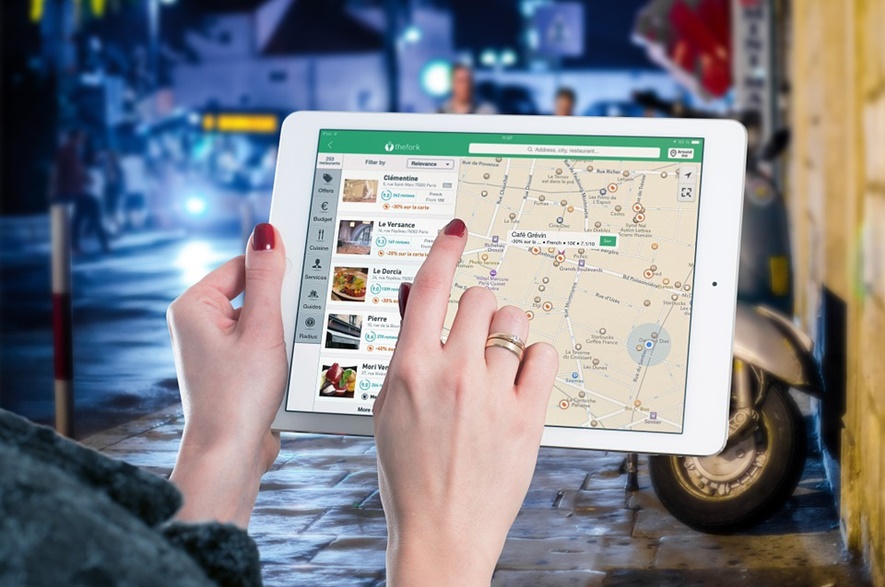
Companies such as Netgear, Huawei and ASUS are already demonstrating the power of mobile data routers and the speeds they can achieve
Much like the aging infrastructure of telephonic systems, the same is true for 4G technology. There will, alas, come a point where 4G systems, whose technology is effectively a more advanced version of earlier 3G networks, will reach the limit of its potential. And when that happens, we will once again be forced to brew our morning coffees by hand. Can you imagine the horror?
Those involved in the implementation of 5G systems – using new technologies such as mmWave; network slicing; eMBMC; and MIMOs – are hoping to provide for these prerequisites without an increase in cost for the end user.

The issue of safety is specially important for the effectiveness of autonomous commercial vehicles
5G systems will also be important from a safety perspective. It’s no secret that companies such as Tesla, BMW, and Mercedes Benz are all planning to release self-driving cars within the next few years. While the latency delay between pressing ‘play’ on Netflix and your chosen video starting may not matter, a self-driving car receiving navigational instructions cannot afford to wait half a second to implement avoidance tactics in dangerous situations.
The issue of safety is also important for the effectiveness of autonomous commercial vehicles. It is sad, but probably inevitable consequence of computing advances that many professional drivers including those working in taxis, personal delivery and freight will find themselves replaced by artificial intelligence over the next 20 years.
Why would a company pay a wage to an individual who can only work limited hours, when they can be replaced by a computer that can work 24 hours a day, without lunch breaks or distraction? And when that occurs, these companies will need reliable mobile internet connectivity. It’s hard to imagine that controlling thousands of autonomous taxis from a centralized hub with an unreliable connection would be successful, isn’t it?
The aims and underlying infrastructure behind 5G systems are designed to facilitate all of these needs and more. It’s, therefore, worth taking a deeper look how these goals will be realized.
At this point, it is important to be clear about 5G in its present state of development. There is currently no agreed-upon specification for the new system. It is also essential to be aware that all publicity released so far regarding the speed of 5G systems is theoretical and has only been achieved under laboratory conditions, so it is entirely possible that the real-world experience for an end user of 5G technology may be different.

The 5G Automotive Alliance (5GAA)
With the expected launch still a few years away, the key organizations behind its implementation, including the International Telecommunications Union; the 3rd Generation Partnership Project (3GPP); the 5G Automotive Alliance (5GAA); and Next Generation Mobile Networks Alliance (NGMN) are all working in a collaborative effort to finalise which technologies will benefit the world of mobile data connectivity the greatest.
However, we are already aware of the key elements of applied science due to being incorporated into the 5G system, and the advantages they will provide.
1. mmWave (Millimetre wave)
Mobile data operates using radio waves. The important thing to remember is that the amount of information/data the wave is capable of carrying is dependent on the frequency of waves (i.e. how many waves pass any given point in a given time, measured in Hz). So, the higher the frequency, the faster the waves move and the faster the speed of data transmission.
FM radios operate as low as 88.7MHz due to a low demand for information/data (i.e. low-quality audio), while 4G LTE works up to frequencies of 2.1GHz (or 2,100Mhz), hence its ability to support data-intensive software.
Unfortunately, the current range of available radio frequencies is slowly getting overpopulated, reducing the overall effectiveness of the technology. 5G aims to use frequencies between 30-300Ghz, and millimeter wave technology is the key to opening up these high frequencies for usage. It also opens up the possibility of devices carrying smaller, multiple frequency antennae arrays – theoretically allowing different types of data to broadcast and be collected on different frequencies – a more effective use of the available spectrum and proficient way of preventing network slow down for other users.
Those with a background in physics may, at this point, feel the need to point out that radio waves with higher frequencies cannot be transmitted as far as radio waves with lower frequencies, nor can they pass through objects such as walls as efficiently, resulting in worse coverage. And you would be correct, which is why 5G aims to use Small Cells, MIMOs, Beamforming, and Full Duplex systems to improve network performance.
2. Small Cells, MIMOs, Beamforming and Full Duplex
We’ve all had to endure reception blackspots before. Whether it’s due to an older building with thick walls, or merely because there’s a topographical obstacle between you and the nearest cell tower. To combat this, scientists are planning to use smaller, less powerful cell towers, or ‘small cells’ in higher numbers between the main towers. These will help to reflect short-range high-frequency signals more easily, with no loss of reception.
Of course, with higher rates of usage, cell towers themselves will need to be upgraded. MIMOs, or Multiple Input Multiple Output antennas allow for a greater number of ports to be installed on these towers. Current towers have between 10-12 ports, a cell tower with a MIMO specification would have over 100. These additional ports allow greater amounts of data to be channeled, without any slowdown on the network.
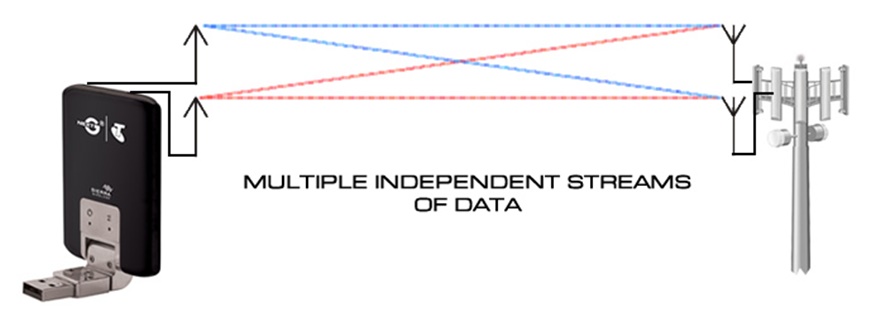
MIMO towers can more easily identify the most efficient route to your devices, reducing the need for cell towers to broadcast in multiple directions
However, due to the amount of radio waves from cell towers currently intersecting while carrying data, these waves can often interfere with one another, resulting in slower data transmission. Using Beamforming technology, MIMO towers can more easily identify the most efficient route to your devices, reducing the need for cell towers to broadcast in multiple directions, and instead simply direct specific requested signals to the correct bearing, i.e. your handset.
With 5G technology, scientists also aim to use a signal processing feature referred to as Full Duplex to ensure that incoming and outgoing data to be routed around one another on the same frequency. Currently, transceivers in both devices and cell towers can only send and receive information on the same frequency in turn – similar to a walkie-talkie. Furthermore, if a present-day user requires data to be sent and received simultaneously, then two separate frequencies are required – clogging up the airwaves unnecessarily.
Combined, experts hope that these technologies will not only increase the volume of data that a network can handle but also reduce latency while providing greater coverage for the end user.
3. Network slicing
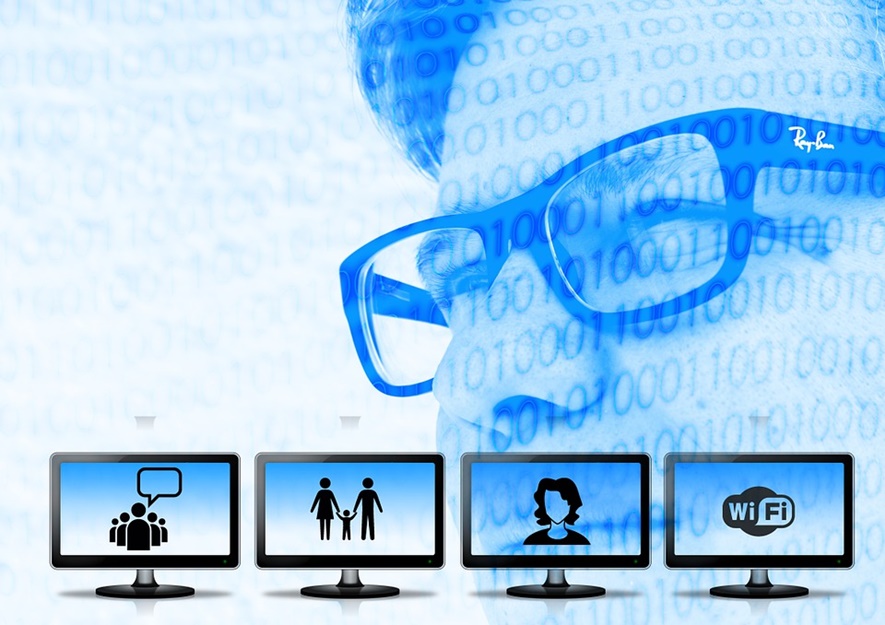
Of course, different types of data have different needs, so how do you ensure that the experience of an end user who simply wishes to browse the web is not affected by those around them who are all streaming high definition video?
Engineers developing 5G systems are hoping to introduce the concept of slicing, whereby a network can ‘slice’ resources into separate chunks, with each chunk dedicated to providing a different kind of service. The benefit of this approach is that no matter the function of the device used, the performance of data transfer will be kept at an optimal level.
It would be naïve to think, however, that the benefits of slicing pertain merely to entertainment purposes.
Imagine a smart city, where high-speed wireless data is used to improve the efficiency of everyday activities. With network slicing, the number of virtual networks, each with their own technical specification, that can be derived from a single physical network, opens up a world of opportunities for the future of the Internet of Things. Companies including Cisco and Google are already investing heavily in technologies that could improve lives for city dwellers, with plans for mass implementation already on the cards.
Take an example such as street lighting, which currently uses a programmer to determine the times they should be switched on, and when they should be turned off. What if a network slice could be configured to monitor both human and vehicle traffic, based on connectivity with nearby mobile devices? Smart lighting could easily allow both the illumination and luminosity to change constantly based on the density of users nearby – saving energy and helping to ensure the safety of individuals walking home at night.
Another example includes the collection of refuse. We currently deploy public waste collection services based on pre-defined routes – but is this really the most cost-effective course of action? With sensors connected to trash bins, a network slice could examine how full these bins are, allowing refuse services to target properties and neighborhoods that are in need of collection – as opposed to driving from house to house randomly with no certainty as to whether they are needed.
Even the search for parking can be streamlined for drivers making a trip into the city. In the UK, the average motorist can spend up to 106 days over the course of their lives simply looking for a parking space. With better connectivity, parking sensors can notify drivers of available parking locations, avoiding the soul-crushing, time-consuming ritual of repeatedly navigating one-way streets in the hope of a new space opening up.
From an environmental perspective, a smart city that uses dedicated slices to dynamically change the timing intervals on stoplights based on traffic density could drastically lower the levels of pollution where we live – a necessity considering that research by the Texas A&M Transportation Institute has shown that in 2015 alone, US drivers wasted more than 3 billion gallons of fuel due to traffic congestion.
Many of these possibilities are already in the early stages of being realized. But with the introduction of 5G, network slicing would allow these prospects to flourish without interfering with the public’s day-to-day usage of mobile data through their connected devices. This would be thanks to a reduced dependency on the full spectrum of a network’s bandwidth, which would otherwise reduce network speeds to a crawl.
4. eMBMS

One of the most common uses for smartphones today is for streaming media. When multiple users on a single network watch the same video simultaneously (unicasting), the same file is transmitted to each user individually. That means that a 5mb video being watched by 20 users requires a 100mb load on the network. eMBMS or evolved Multimedia Broadcast Multicast Service aims to stream the playback of a single video to many users concurrently, vastly reducing the network load and financial expenditure while providing the same end user experience.
It also allows a network to control the areas in which eMBMS services can be provided. For example, if multiple users are watching a football game in a stadium, eMBMS can be deployed locally from a nearby tower, allowing anyone watching the game live to view different camera angles and close-ups from the same stream – but at their own convenience.
While eMBMS is already available through 4G LTE, it is set to become a core technology of the newer 5G systems when they are launched in 2020.
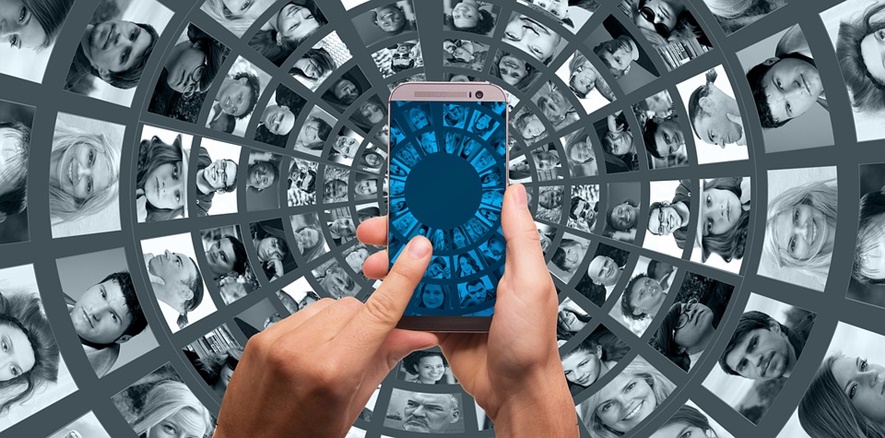
Even though 5G is still to be rolled out, many leading engineers and research bodies are already looking at the sixth generation of mobile technology.
While the necessary back-end systems may not even exist yet, experts are hoping that 6G will incorporate the use of satellites to provide lightning-fast data on a global scale, even in the most remote areas of the planet.
However, in a world of conjecture regarding the applications of AI and the forthcoming singularity – the point at which artificial intelligence can surpass the performance of a human brain – it is likely that future improvements to wireless data and the opportunities it presents may be slowed in an effort to address the ethical dilemmas so far raised by respected individuals such as Prof. Stephen Hawking and Microsoft founder Bill Gates.
Luckily, in the short-term at least, digital consumers can afford to relax and enjoy the new possibilities that will become available, as we learn to benefit from the technological leap forward that is 5G.






